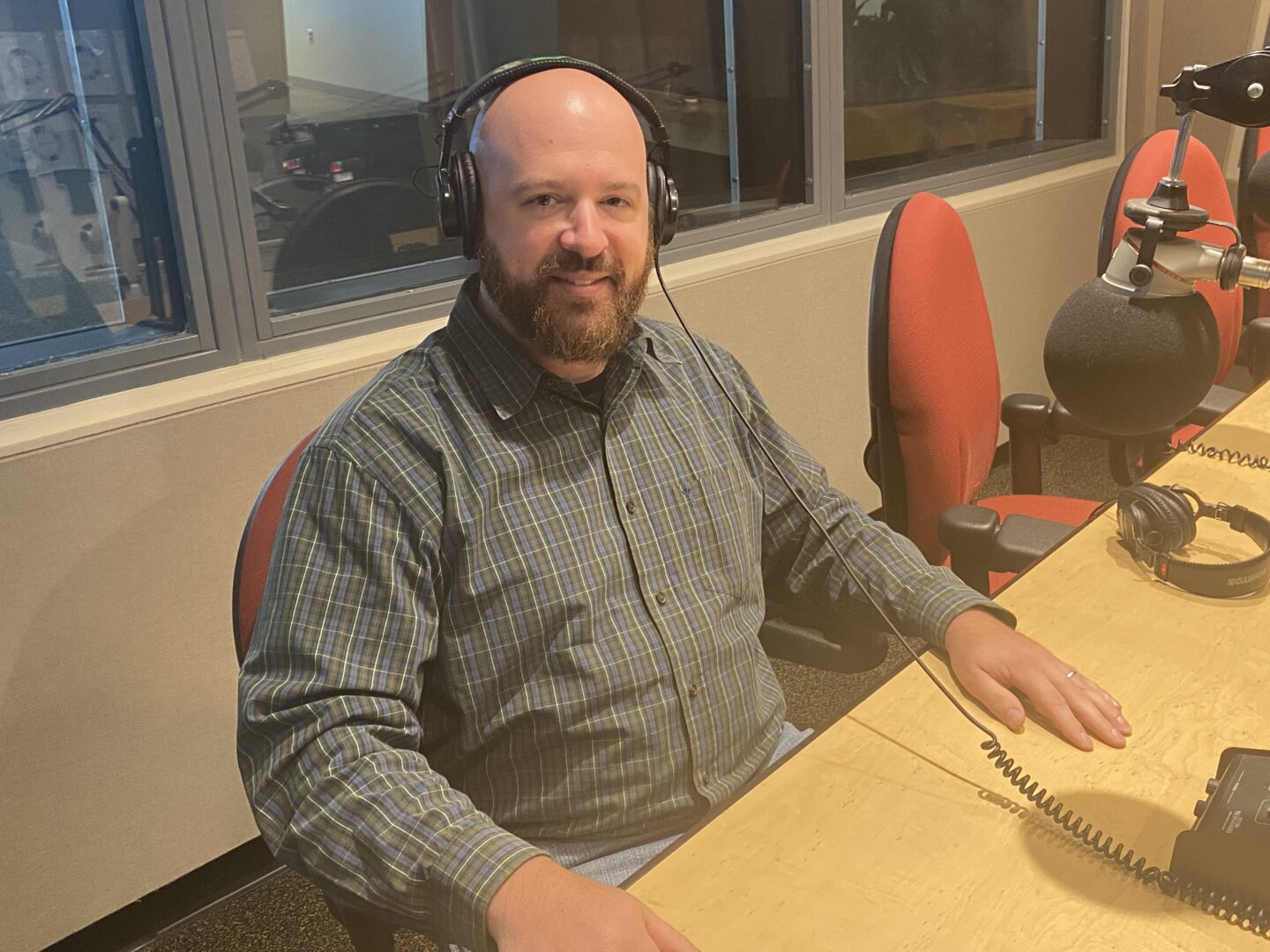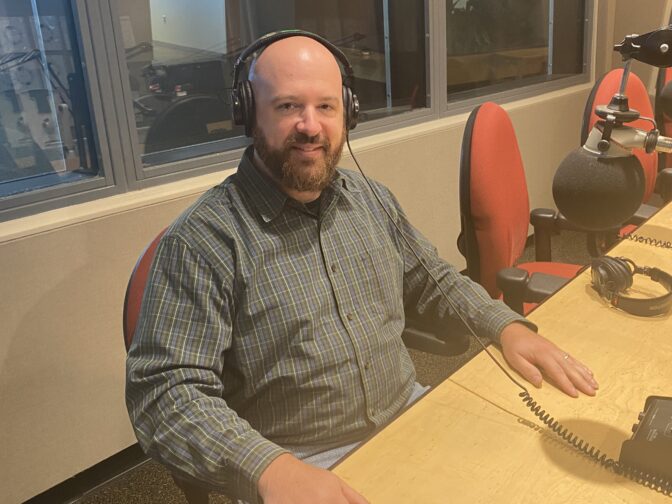
Michael Meyer, Harrisburg University of Science and Technology

Michael Meyer, Harrisburg University of Science and Technology

Michael Meyer, Harrisburg University of Science and Technology
Airdate: June 12th, 2023
Think of a cave you’ve seen portrayed in movies or TV or read about in books. The cave almost always has a large opening and lots of space for fires or living space.
Now, come back to reality.
There are several types of caves or caverns. Most don’t have that big enough to walk through opening and what’s inside is full of mystery or the unknown. Many aren’t safe or are off limits.
A pilot study underway at Harrisburg University of Science and Technology will allow anyone to travel into the furthest reaches of Pennsylvania caverns from their computers and/or virtual reality equipment.
The “CaVRNs” project, when completed, will offer a database of previously unreachable subterranean spaces across the commonwealth viewable to the public like caves or sinkholes.

Michael Meyer, Harrisburg University of Science and Technology
On The Spark Monday, Dr. Michael Meyer, Harrisburg University Earth Systems Science professor indicated many underground spaces or caves are too small to just walk or hike into,”We’ve been trying to figure out ways that people who might not normally access a cave can do so. Caves are notoriously not handicap accessible, and especially you might have people who get claustrophobic very easily, or even some people who might be allergic or have other health issues to going in a cave. So being able to put like your normal little like quest to headset on and go around the cave, it makes it a lot more accessible for maybe family members or friends who come to the cave and they can’t take part in seeing some of these things. Additionally, it allows for access to places that you can’t actually have people in.”
The data base will be used for purposes other than someone looking to just explore a cave. There will be practical uses as well. Meyer gave an example,”A cave or sinkhole has been found. They’re getting work done, but they may only have like that afternoon to assess that subterranean hazard because the construction crews are going to come by and are going to fill it up and then we kind of lose all of that. So the hope with this is like with a handheld light, our device, you could just send someone in there or even like drop it in on a pole, get a full 3D twin of it, and you’d have that forever.”
Meyer said “show” caves — those that are open to the public — were the first to be mapped out but now caves located on private land are also being explored and preserved in the database.
The days of journalism’s one-way street of simply producing stories for the public have long been over. Now, it’s time to find better ways to interact with you and ensure we meet your high standards of what a credible media organization should be.